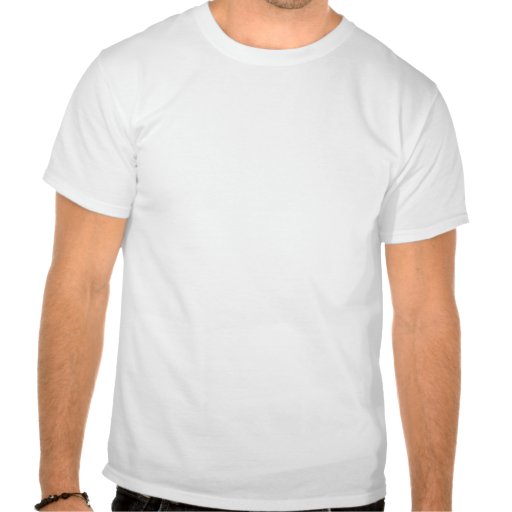- The prefix derm- relates to the skin, as in the layers of the skin called epidermis, dermis, and hypodermis. Dermatology is the study of skin and its diseases and disorders.
- Stratum is a term that means layer. There are five layers of epidermis, and four of them have the word stratum in them. The word stratum is not only used in the skin and the body but also in geology when talking about rock layers.
- The innermost skin layer, called the subcutis (or hypodermis) is related to the term subcutaneous, which means just below the outer skin layer but still within the skin. When people receive injections, often they are IM or intramuscular, which is when the needle is stuck through the skin and into the muscle. Many vaccinations are done like this, in the thighs of babies but usually in the arms of older kids and adults. But sometimes the injections are subcutaneous, often called SubQ, when they want the liquid to be absorbed from within the skin. A third way of injecting is called IV, or intravenous, and that is when the liquid is injected directly into the bloodstream. This gets it circulated throughout the body very quickly. I didn't actually talk about intradermal injections, which are illustrated above.
Next, we went over some important anatomical terms.
- Medial -- toward the midline or middle.
- Lateral -- opposite of medial, away from the midline or middle
- Anterior -- toward the head
- Posterior -- toward the butt
- Dorsal -- toward the back (spine)
- Ventral -- toward the stomach
- Proximal -- close to a specific point
- Distal -- far from a specific point
We practiced moving a point on another person's back in the medial, lateral, anterior and posterior directions. What is a bit confusing is that with pigs and other animals that walk on all fours, anterior is toward the head and posterior is toward the butt. For humans, anterior is towards the stomach (like ventral) and posterior is towards the back (like dorsal). Also for humans, superior is toward the head and inferior is towards the feet. We're focusing on the terms we'll use as we dissect our pig.
We began our autopsies by completing our observations of the external features of our pigs. We used the terms to describe where birthmarks were, and determined the gender of our pigs. Nearly all the girls have male pigs and all the boys have female pigs, ironically.
Our first incisions were the Y incision used in a typical autopsy. We cut all the way down so that we could get all of the major internal organs out together. I thought it was neat to see the trachea and esophagus right next to each other, and to see how big the lungs are. Next week, we'll examine each of the organs, one by one, and hopefully take some samples to look at under the microscope.




No comments:
Post a Comment